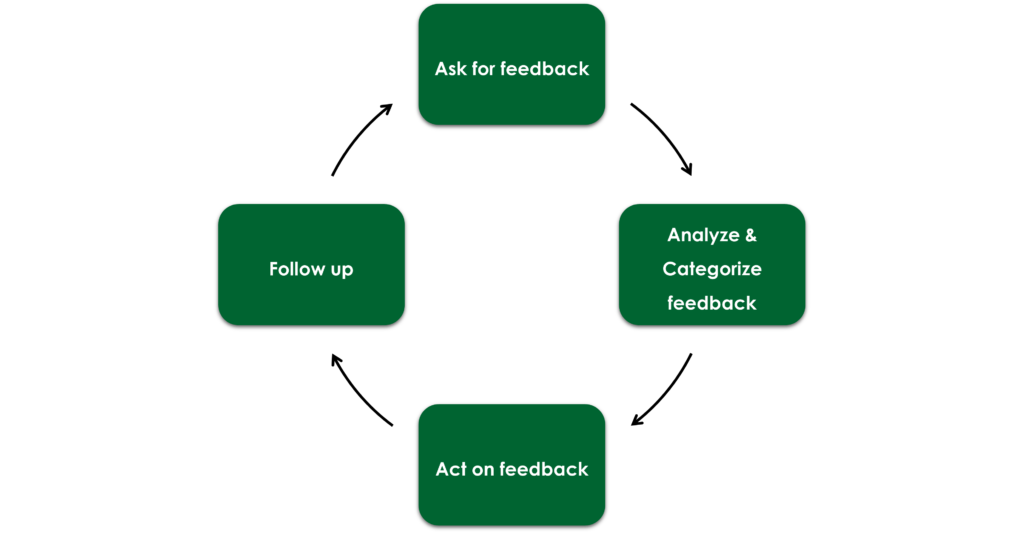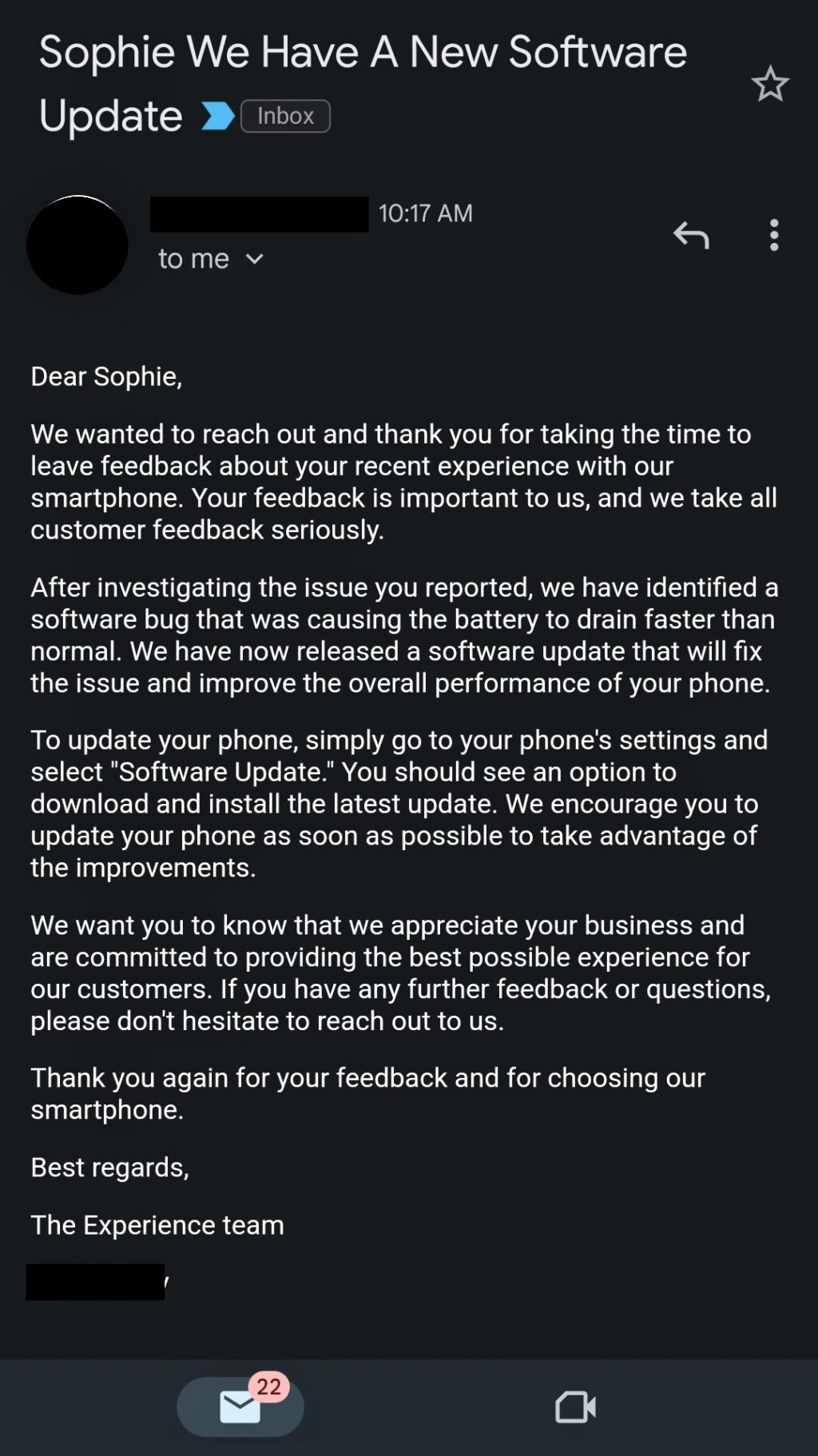Imagine you visit a store and buy some items and then you receive a survey asking you about your experience at the store. You fill out the survey and give some feedback, but then you don’t hear anything back from the store. That can be frustrating, right?
One key way to improve the customer experience is by listening to feedback from your customers. But it’s not enough to simply collect feedback; you also need to close the feedback loop by acting on the customers’ feedback and letting them know what you’ve done.
In this article, we’ll explore what closing the feedback loop means and how it can benefit your business.
What is Closing the Feedback Loop?
Closing the feedback loop is the process of responding to customer feedback by acknowledging it, acting on the issues raised, and following up with the customer to inform them of the action taken to resolve the issues.

It is an essential part of the customer experience because it shows customers that their opinions and concerns are valued and that the business is committed to improving its service or product.
Closing the feedback loop involves a few key steps:
Collecting feedback
You can collect feedback in various ways, such as surveys, reviews, social media comments, or direct customer feedback. It’s important to ask open-ended questions and encourage customers to be specific about what they liked or didn’t like about their experience. You can also provide incentives for customers to give feedback, such as discounts or freebies.
Analyzing feedback
Once you have collected feedback, you need to analyze it to identify common themes and areas for improvement. This would involve using software tools to analyze sentiment, categorizing feedback by topic, or manually reading and summarizing feedback.
It’s important to involve all stakeholders, such as customer service representatives, marketing teams, and product development teams, in the analysis process.
Taking action
Based on the feedback analysis, you can take specific actions to address the issues or make improvements. This could involve training staff, changing processes, or making updates to products or services. It’s important to prioritize the actions that will have the biggest impact on the customer experience and are feasible to implement.
Communicating with customers

It’s important to let customers know what actions you have taken based on their feedback. This could be through email, social media posts, or other communication methods. It’s important to be transparent about the actions taken and to thank customers for their feedback. You can also ask for feedback on the changes made to show that you value ongoing feedback.
Benefits of Closing the Feedback Loop
Closing the feedback loop can have several benefits for your business:
Improved customer experience
By listening to customer feedback and making improvements, you can provide a better customer experience. This can lead to increased customer loyalty and positive word-of-mouth recommendations. Customers are more likely to return to a business that has addressed their concerns and provided a positive experience.
Increased customer satisfaction
When customers feel heard and valued, they are more likely to be satisfied with your business. This can also lead to higher customer retention rates. By addressing customer feedback, you are showing that you value their opinion and are committed to providing a high-quality experience.
A better understanding of customer needs
Collecting and analyzing feedback can help you better understand your customers’ needs and preferences. This can help you make more informed business decisions, such as launching new products or services or making changes to existing ones.
By listening to feedback, you can gain insights into what customers want and need from your business.
Enhanced Brand Transparency
In today’s highly competitive market, brand transparency is more important than ever. Customers expect businesses to be open and honest about their practices and engage in a two-way dialogue. By closing the feedback loop, you can enhance your brand transparency and build a stronger relationship with your customers.
Closing the feedback loop is an essential step in enhancing brand transparency because it demonstrates that your business is willing to listen to and act on customer feedback. By being transparent about the actions you take based on customer feedback, you are showing that you value and respect their opinions and that you are committed to providing a high-quality customer experience.
Competitive advantage
By providing a better customer experience, you can gain a competitive advantage over other businesses in your industry. Customers are more likely to choose a business that listens to their feedback and makes improvements. By continually improving the customer experience, you can set your business apart from the competition and attract more customers.
Closing the feedback loop is not just a one-time activity, but an ongoing process that can help you continually improve your business. By listening to your customers and taking action on their feedback, you can create an environment of trust and transparency, and build stronger relationships with your customers.
This article was originally published here


